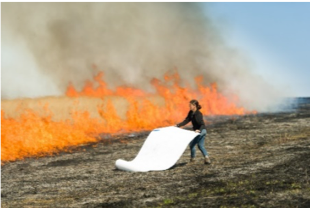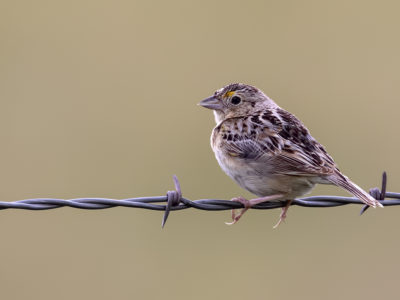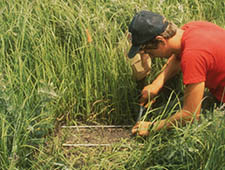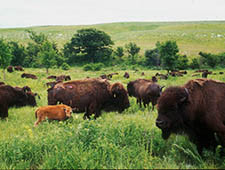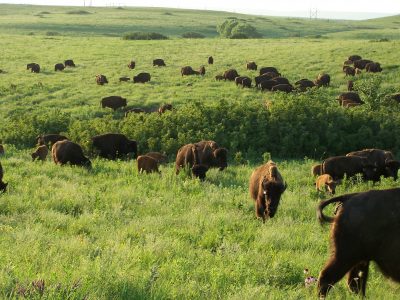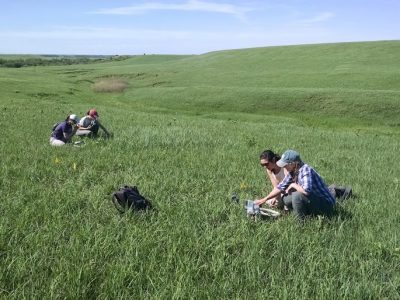Fire and Form on the Konza Prairie (KNZ)
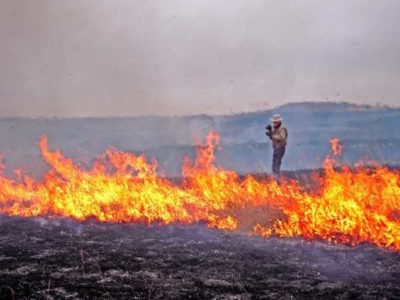
Kansas State University photographer Edward Sturr documented prescribed burns on Konza Prairie for a decade between 2001 and 2012, focusing on the dynamic and formal qualities of fire and how it interacts with the tallgrass prairie. Sturr’s photography has been combined with an article by John Briggs (former KPBS Director) and poems by KSU Professor… Read more »

